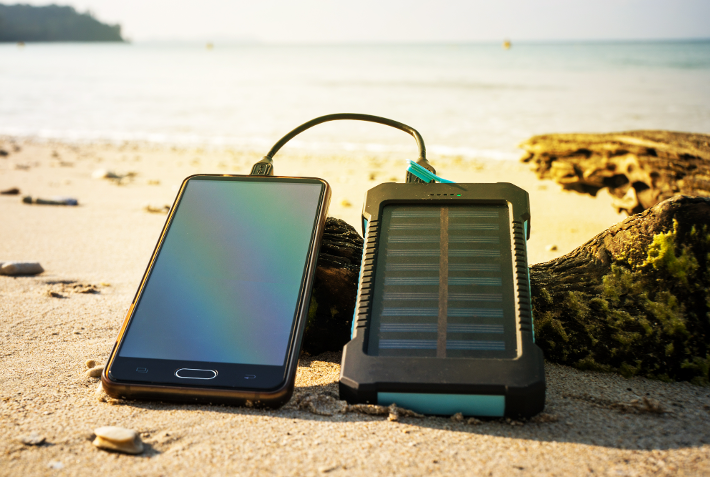
Category Financial Wellness: Smart Money Management for a Secure Future
As concerns about environmental sustainability continue to grow, the demand for eco-friendly technology is on the rise. From renewable energy sources to recyclable materials, manufacturers are increasingly prioritizing sustainability in the design and production of consumer electronics. In this article, we'll explore the concept of eco-friendly tech, the benefits it offers, and some examples of sustainable gadgets paving the way for a greener future.

Energy Efficiency: Another key aspect of eco-friendly tech is energy efficiency. Sustainable gadgets are designed to minimize energy consumption and maximize performance, allowing users to accomplish tasks while consuming less power. This not only reduces electricity bills for consumers but also reduces strain on the electrical grid and decreases greenhouse gas emissions associated with energy production.
Recyclable Materials: Eco-friendly tech prioritizes the use of recyclable materials in product design and manufacturing. By incorporating materials that can be easily recycled or repurposed at the end of their lifecycle, manufacturers can reduce waste and minimize environmental impact. Additionally, some companies are exploring innovative materials such as bioplastics made from renewable sources like corn or sugarcane, further reducing reliance on non-renewable resources.
Minimalist Design and Packaging: Sustainable gadgets often feature minimalist design aesthetics and packaging, emphasizing simplicity, functionality, and durability. By reducing unnecessary components and packaging materials, manufacturers can minimize waste and streamline production processes. Additionally, minimalist design principles can result in products that are more aesthetically pleasing and user-friendly, enhancing the overall consumer experience.
Repairability and Upgradability: Eco-friendly tech prioritizes repairability and upgradability, allowing users to extend the lifespan of their devices and reduce the need for new purchases. Modular design approaches, for example, enable users to easily replace or upgrade individual components such as batteries, screens, and processors, prolonging the useful life of the device and reducing electronic waste.
End-of-Life Recycling Programs: Many manufacturers of eco-friendly tech offer end-of-life recycling programs, allowing consumers to responsibly dispose of their old gadgets and electronics. These programs facilitate the recycling and proper disposal of electronic waste, preventing hazardous materials from entering landfills and promoting the reuse of valuable resources. Additionally, some companies offer incentives such as trade-in programs or discounts on future purchases for customers who participate in these recycling initiatives.
In conclusion, eco-friendly tech offers a promising path towards a greener and more sustainable future. By prioritizing renewable energy sources, energy efficiency, recyclable materials, minimalist design, repairability, and end-of-life recycling programs, manufacturers can reduce environmental impact and promote a more circular economy. As consumers become increasingly conscious of their environmental footprint, the demand for eco-friendly tech is likely to continue to grow, driving innovation and progress towards a more sustainable world.

Category Financial Wellness: Smart Money Management for a Secure Future

Category Urban Gardening: Growing Greens in the Concrete Jungle

Category Clean Beauty: The Rise of Natural Skincare and Makeup.

Category Ageless Beauty: Embracing Aging Gracefully in a Youth-Obsessed Culture.

Category Skincare Rituals from Around the World: Secrets to Radiant Skin.